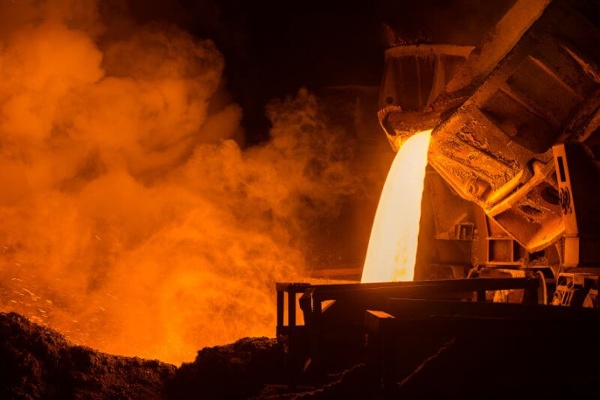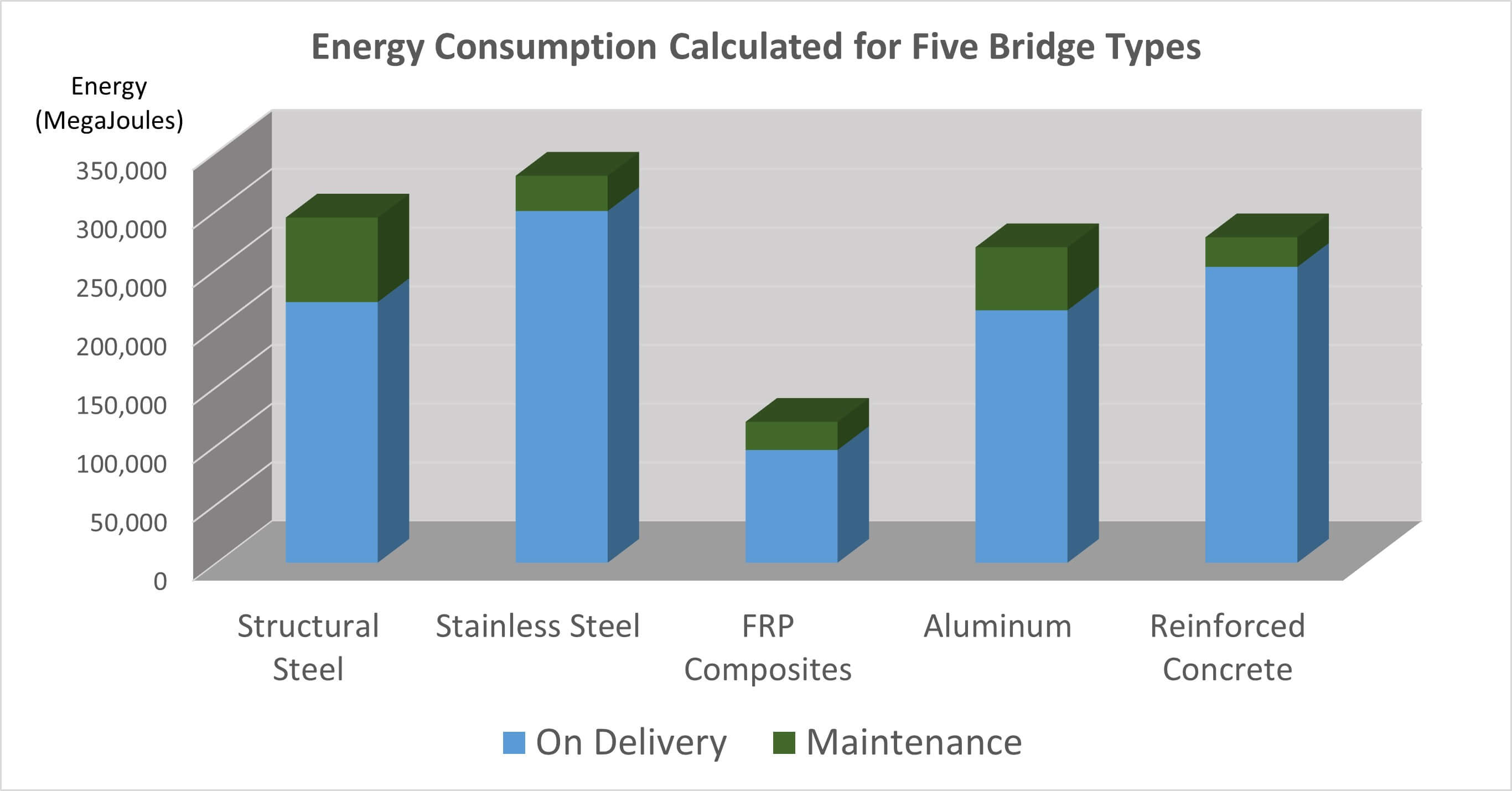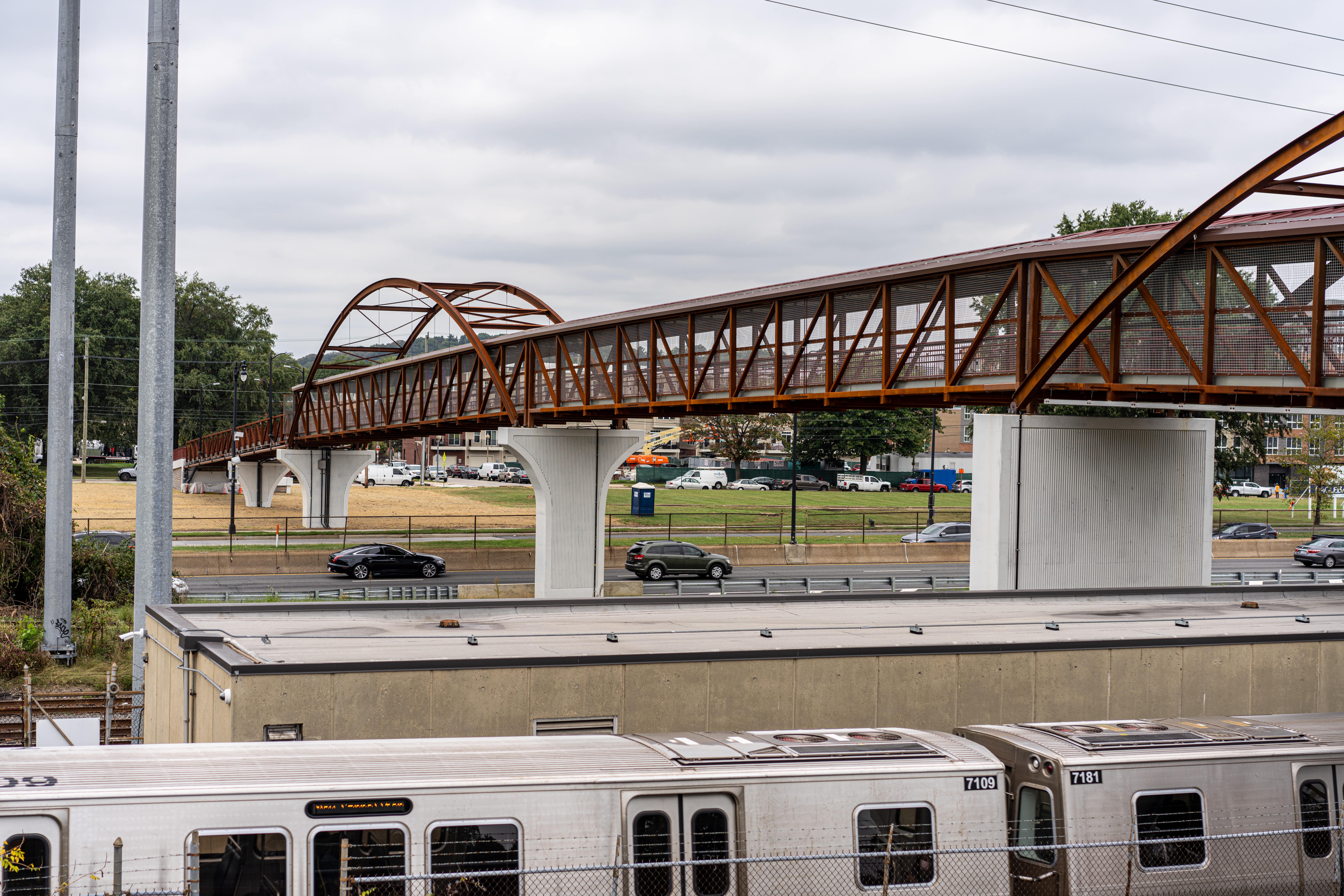
The Environmental Protection Agency (EPA) defines sustainable construction as the “practice of creating structures and using processes that are environmentally responsible and resource-efficient throughout a structure’s life-cycle from siting to design, construction operation and maintenance.” This year’s sustainable construction trends covered the gamut from prefabricated kit homes, zero net energy homes and water conservation to virtual reality construction site management and non-toxic building materials.
Sustainability covers a lot of features. When we talk about the sustainability of fiber reinforced polymer (FRP) material used to build bridges and other products, discussions typically focus on FRP’s ability to demonstrate a long service life, minimal maintenance and fast installation. The ability to recycle FRP is being addressed, but the material’s small environmental footprint qualifies it for the sustainable category.
Energy consumption is an aspect of sustainability that is often overlooked. How much energy does it take to construct a bridge? And how do we define energy consumption? Physics offers one avenue of thought. A megajoule is a unit of energy and big construction projects means units are in the millions, so megajoule is a good metric. For reference, it takes a joule to lift an apple which weighs about one Newton (a unit of force). If you raise the apple one meter in the air, you’ve used one joule of work. The word joule, by the way, comes from English physicist James Prescott Joule. He studied the relationship between heat and mechanical work which helped establish the First Law of Thermodynamics.
A paper titled Environmental Considerations To Structural Material Selection For A Bridge helps us understand how material choices have a major impact on sustainability for bridge construction jobs. The study calculated the energy to build and maintain bridges. This chart compares the energy consumption (megajoules used) of five bridge projects built with structural steel, stainless steel, composites, aluminum and reinforced concrete.

A 2018 Life-Cycle-Cost Evaluation of Bridges With Fiber Reinforced Polymers (FRP) also reviewed energy consumption of FRP and stated that “glass fibers had the lowest energy consumption during production compared to steel, concrete and carbon.”
FRP also requires significantly less energy to manufacture and construct than traditional materials in terms of water, processing and electricity.
Interestingly, one publication The Conversation, recently posed the question “How would engineers build the Golden Gate Bridge today?” The iconic structure opened to traffic in 1937. At the time, the suspension bridge cost $37 million to build. It’s estimated that the same structure would cost close to $1 billion today. The bridge handles almost 112,000 vehicles per day and has required dedicated maintenance crews with specialized skill sets performing a variety of tasks daily for more than 80 years.
The editor suggested that the use of FRP versus steel or concrete would offer one option for “limiting maintenance and operation costs". The editor also pointed out that FRP is four times lighter than concrete and five to six times stronger.
As resources become more scarce and budgets get smaller, thinking about how to save on costs such as energy consumption can serve as a guide when making material choices.
